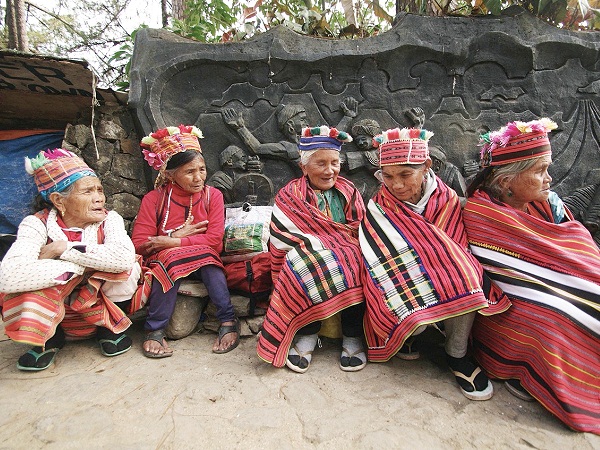Nip in the air: Mercury further dips to 9.0°C in Baguio City

In this file photo, elders from Sadanga, Mountain Province, gather around Baguio Botanical Garden tightly wrapped in their colorful, woven “tapis.” RICHARD BALONGLONG/INQUIRER NORTHERN LUZON
BAGUIO CITY, Philippines – The cold morning temperature in this city mountain sharply dropped to 9.0 degrees Celsius on Wednesday, 8 notches below the 9.8°C experienced by residents on Monday.
The drop in the mercury was registered at 6:30 a.m. and was caused by cold winds brought by the prevailing northeast monsoon, or “hanging amihan,” according to the Atmospheric, Geophysical and Astronomical Services Administration station (Pagasa) here.
The winds blow from Siberia and peaks in January to February.
Ceferino Hulitas, chief meteorological officer of Pagasa here, said residents and visitors in Baguio should expect more nippy mornings until February when temperatures could drop to 8°C.
In Mt. Sto. Tomas, sitting at 2,260 meters above sea level, the temperature plunged to 6. 4°C on Wednesday. Mt. Sto Tomas is the highest point in Baguio. The coldest temperature here was 6.3°C recorded on Jan. 18, 1961. /cbb